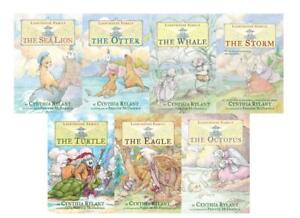“While the idea behind the lighthouse was a practical one there’s just something elusive about them which fascinates many people. Perhaps it’s their link with the past; perhaps, that they served a heroic purpose.” — The Door County Pulse
 When I toured the Split Rock Lighthouse on Minnesota’s north shore a couple of years ago, I found myself pulled by the window into the past—into a very specific sort of life. I tried to imagine myself living in such a remote place with only very few people to call your community, and I’m not sure I could place myself there. As a suburban-raised urban dweller, the lighthouse life might well be another plane of existence. It’s smaller than I can envision while also promising some sort of perspective that we can only seem to get from a very particular, very tall, vantage point.
When I toured the Split Rock Lighthouse on Minnesota’s north shore a couple of years ago, I found myself pulled by the window into the past—into a very specific sort of life. I tried to imagine myself living in such a remote place with only very few people to call your community, and I’m not sure I could place myself there. As a suburban-raised urban dweller, the lighthouse life might well be another plane of existence. It’s smaller than I can envision while also promising some sort of perspective that we can only seem to get from a very particular, very tall, vantage point.

Since then, I’ve fallen for lighthouse stories again and again. It feels almost cliché, frankly. My romanticized view of the past surely wasn’t what it was actually like. Nonetheless, I cheered when Hello Lighthouse won the Caldecott. There was something about the quiet, nostalgic story that spoke to me. I read Hazel Gaynor’s novelized version of Grace Darling’s life in The Lighthouse Keeper’s Daughter and found myself comparing fact and fiction as I read. (Yes, I actually read a book written for grown ups. It happens occasionally.) From there, I discovered “The Lighthouse Family” series by Cynthia Rylant. These early chapter books begin in The Storm with a cat named Pandora living a lonely life in a lighthouse until she rescues a dog named Seabold. The two of them along with some orphaned mice they rescue become a family. If it all sounds overly sweet to you consider that the story explores the sort of loneliness that adults, whose lives often leave them disconnected and devoted to their work, feel in a way that will keep young readers’ attention. This is a series that parents will delight in reading aloud to young listeners. Or at least I hope they will.
Perhaps between the picture books and other books that tell the stories of lighthouse life, real and imagined, the magical draw to them will sustain the imaginations of another generation of readers.



